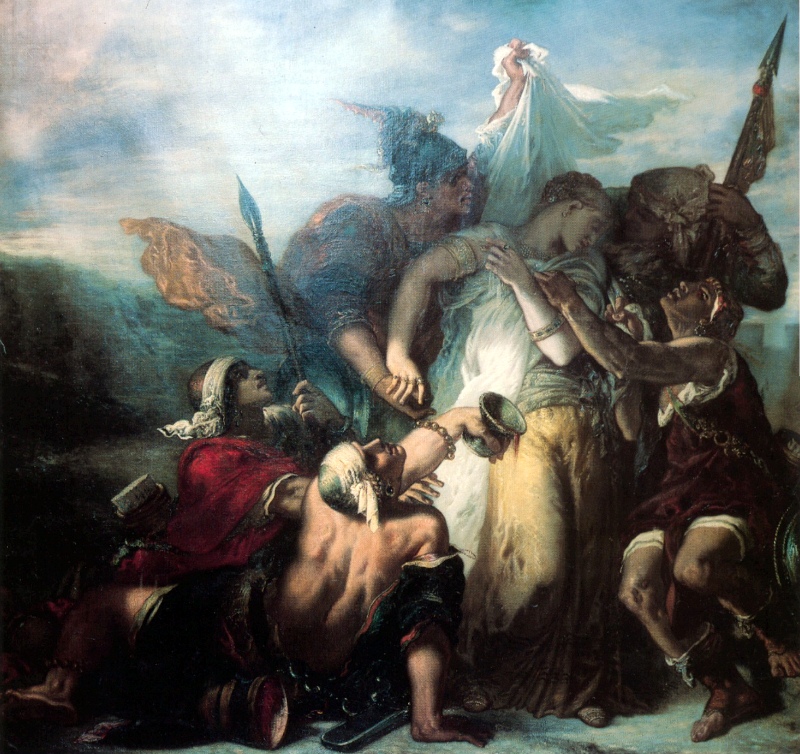Text in this Article is taken from, and can be read in full at,
IN THE LIGHT OF THE LAW A CANON LAWYER'S BLOG
[Note: The original Article uses the American spelling of "License", when the English spelling of "Licence" would be used in England. For this Post, the American spelling has been retained.]
Dispute between Jesus and the Pharisees.
Date: 1866.
(Wikimedia Commons)
A License To Sin
There is, I fear, no end in sight of the nonsensical nonsense being unleashed in the wake of various high-level Ecclesiastic dalliances with doctrinal ambiguity and disciplinary confusion in regard to Holy Communion for divorced-and-remarried Catholics.
Call it Life in this Valley of Tears. Anyway, Pope Francis is going to do about this whatever he is going to about it and The Church will respond to whatever he does in due course. For now, I simply write to urge caution about some proposals to facilitate irregular reception of The Sacrament in these cases even if such proposals are couched in apparently sophisticated scholarly terms.
The proposal includes impressive vocabulary such as “juridical” and “administrative” and “canons”; it sports footnotes to “assessors” and “salus animarum” and warns about “anomalies”; it underscores Church teaching on the permanence of marriage and assures readers that it offers no Doctrinal or Canonical changes to this teaching.
Balderdash. Pure, unadulterated, balderdash.
This proposed rescript is really a License To Sin.
Read the full, original, Article, at














